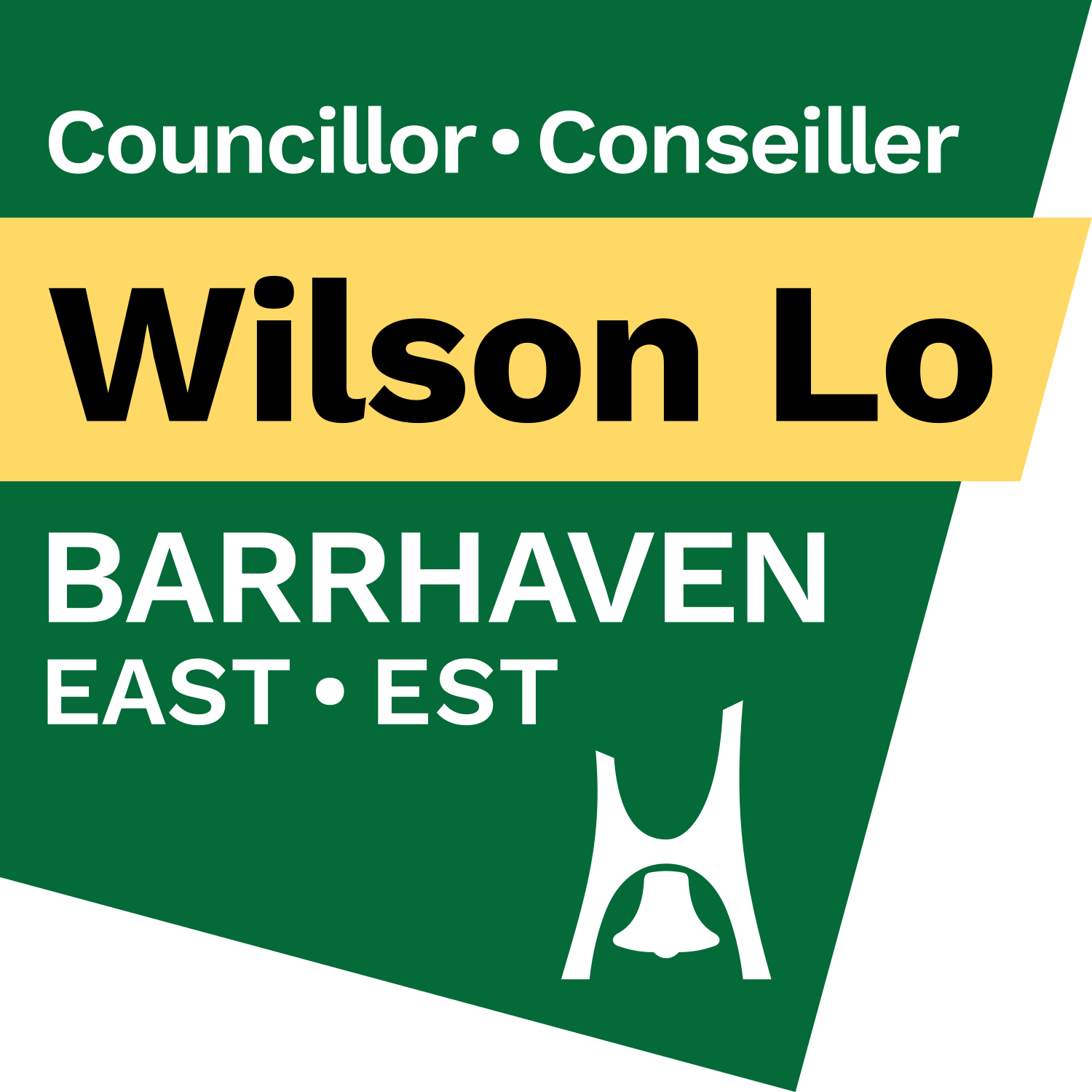Intersections – where the safety of all road users meet
Whether you’re a pedestrian on a sidewalk, or a cyclist or motorist driving along the street, at some point everyone’s paths will cross. It will likely happen at an intersection.
With everything coming together at intersections, it’s important for everyone to pay attention, whether the intersection has stop signs, PXO signs, traffic signals or is a roundabout.
Between 2019 and 2023, 54 per cent of all fatal or major injuries that occurred in Ottawa happened at or near an intersection.
Here are some tips to keep everyone safe when using an intersection.
Motorists
Do not stop in crosswalks since that forces pedestrians into traffic
When turning, always check for cyclists, e-scooters and pedestrians, especially on one-way streets; while vehicles can only travel in one direction, pedestrians can travel both ways
Between 2019 and 2023, 26 per cent of collisions resulting in fatal or major injuries to pedestrians involved a left turn movement
When making a left turn, watch for motorcycles in the opposing lane – their speed and distance can be hard to judge
Only proceed through an intersection if the way is clear and you have plenty of time for the turn; don’t rush and watch for pedestrians crossing in the crosswalks.
Make full stops at stop signs and red lights – no rolling stops
Be aware of vulnerable road users in your vehicle’s blind spot↗
Before proceeding through an intersection, make eye contact with other road users who may not see you
Sound your horn to alert other road users who may not see you
Motorcyclists
Ride defensively, as vehicles can’t always see you well
Do not stop in crosswalks since that forces pedestrians into traffic
Make full stops at stop signs and red lights – no rolling stops
When stopped near a truck, you may be in the driver’s blind spot; assume the driver does not know you are there or move out of the blind spot↗
Sound your horn to alert other road users who may not see you
Cyclists
Ride defensively, as vehicles can’t always see you well
Never stop in crosswalks since that forces pedestrians into traffic
To cross at a crosswalk or traffic lights, dismount and walk your bike across
Signal your turns or if you are stopping
Make full stops at stop signs and red signals– no rolling stops
When stopped near a truck, you may be in the driver’s blind spot; assume the driver does not know you are there and move out of the blind spot↗
Before proceeding through an intersection, make eye contact with other road users who may not see you, especially if they are turning your way; if the car’s windows at tinted you can look at the driver’s location in the car to catch the driver’s attention
Be visible in lowlight conditions with:
A white light at the front of the bike
A red rear light or red rear reflector
Two strips of white reflective tape on front forks (each strip to be 125 millimetres by 25 millimetres)
Have a bell or horn on your bike and use it to alert road users near you, though keep in mind drivers may not hear it
Pedestrians
Cross in the marked crosswalk and keep your eyes on the road; don’t look at your phone or be otherwise distracted
Before proceeding through an intersection, make eye contact with drivers who may not see you, especially if they are turning your way; if the car’s windows at tinted you can look at the driver’s location in the car to catch the driver’s attention
Learn where a vehicle’s blind spot↗ is and stay out of it
Make yourself visible at dawn, dusk and after dark by wearing light-coloured clothing or something reflective or carry a small light
Visit these web pages from the City↗ and the Province of Ontario↗ for more safety tips
The City of Ottawa continues to make improvements to the safety of our roads and pathways with an emphasis on protecting vulnerable users – pedestrians, cyclists and motorcyclists. The City’s 2020-2024 Road Safety Action Plan↗ guides these engineering, education and enforcement initiatives. But even the safest transportation network requires that everyone follows the rules of the road for their mode of transportation.
For more information on City programs and services, visit ottawa.ca↗, call 3-1-1 (TTY: 613-580-2401) or 613-580-2400 to contact the City using Canada Video Relay Service. You can also connect with us through Facebook↗, X (formerly Twitter)↗ and Instagram↗.


